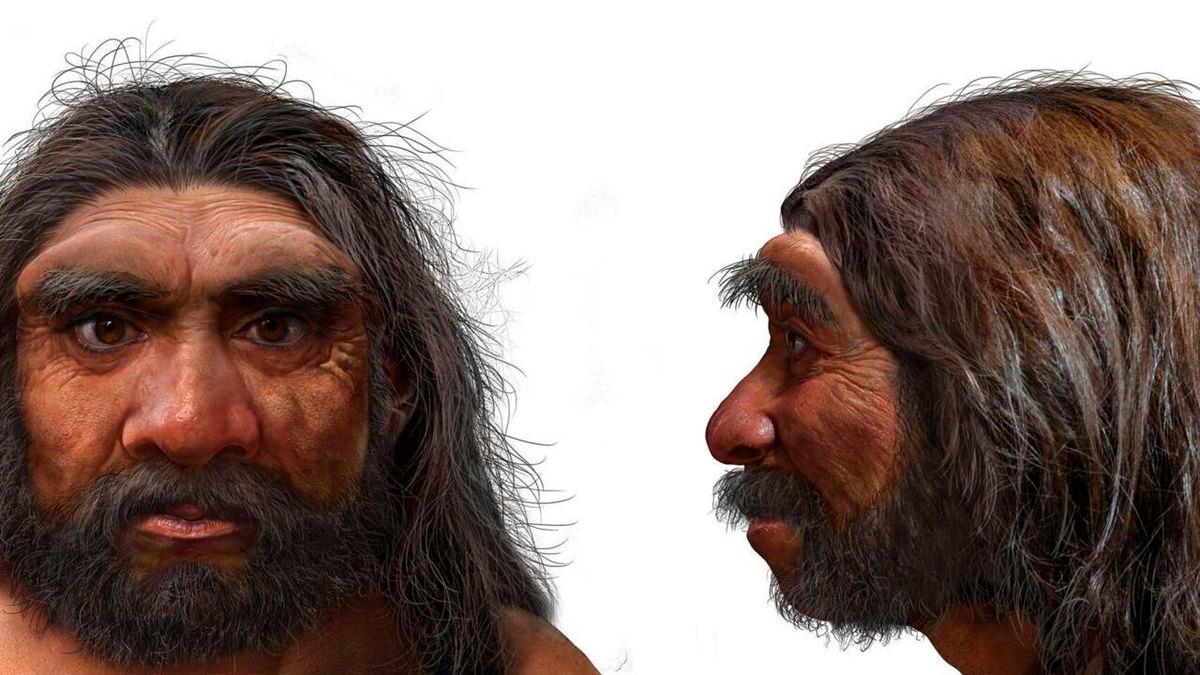A significant fossil discovered in China is compelling researchers to reevaluate longstanding beliefs regarding the timeline of human evolution.
A recent archaeological discovery in China has captured the attention of the global scientific community. Researchers have uncovered a remarkably well-preserved human skull that exhibits a combination of primitive and modern features, challenging previous theories about when and how humans evolved. The find provides a rare glimpse into the complex web of hominin species that existed tens of thousands of years ago, suggesting that human evolution may have been far more intricate than previously understood.
The discovery and its significance
The skull was excavated from a cave site in southern China, where layers of sediment have preserved remains from multiple periods. Preliminary dating techniques indicate that the fossil could be significantly older than comparable specimens found in other parts of Asia. Its unique morphology—featuring traits seen in both archaic humans and anatomically modern Homo sapiens—suggests that different human populations may have coexisted and interbred far earlier than scientists had believed.
Experts believe that this discovery has the potential to alter a segment of the evolutionary history. Conventional models typically illustrated a straight line from early species to contemporary humans, yet the Chinese cranium supports the concept of a branching, mosaic evolution. These findings suggest a more dynamic evolution, where groups evolved simultaneously and shared genetic information across different areas.
The implications extend beyond academic debate. By revealing a broader spectrum of human diversity in ancient Asia, the fossil challenges assumptions about migration, adaptation, and survival strategies during the Pleistocene epoch. It highlights how local environments influenced evolutionary outcomes and underscores the importance of East Asia as a center of human development.
Insights into human diversity and adaptation
One of the most remarkable elements of the Chinese skull is the way its characteristics come together. Though certain details, like a well-defined brow ridge and strong facial structure, recall older human species such as Homo erectus, other attributes, like the form of the braincase and tooth patterns, are more similar to contemporary humans. This mix implies that evolutionary experimentation might have been widespread, with various groups keeping some ancient features while incorporating others beneficial for enduring.
The discovery also offers a perspective on how adaptation strategies have evolved. Scientists suggest that the changing environments in East Asia, including varying climates and ecosystems, might have spurred evolutionary advancements. Communities residing in these areas would have had to adjust to different resources, threats from predators, and social dynamics, leading to the mix of characteristics seen in the skull. This underscores the link between biological evolution, environmental transformations, and cultural progress.
Genetic examination, when possible, might shed more light on these characteristics, possibly uncovering proof of crossbreeding with other hominin groups. Earlier findings, including Neanderthal and Denisovan DNA in contemporary populations, have shown that genetic exchange between species was frequent. The Chinese skull might offer further insight, aiding in detailing the evolutionary links that influenced current human variation.
Rethinking the movement of humans and historical timelines
The discovery in China also prompts a reevaluation of human migration patterns. Conventional models often placed East Asia as a later arrival for modern humans migrating from Africa. However, the dating of this skull suggests that hominin populations may have reached the region earlier than assumed, interacting with local archaic species. This could mean that East Asia played a more central role in shaping human evolution than previously acknowledged.
Such a change in viewpoint carries extensive consequences. It implies that the evolution of humans wasn’t a straightforward, one-way journey but a web of groups adjusting and sharing characteristics over great distances. Migration instances, previously considered singular occurrences, may have included several waves of movement and intricate interactions, leading to a diverse mosaic of evolutionary history.
The archaeological context provides additional support for these concepts. Objects such as tools, decorative items, and other cultural relics discovered near the remains suggest that these groups had sophisticated abilities and complex social systems. These discoveries question old-fashioned beliefs that early humans in Asia were less technologically or socially developed compared to those in Africa, highlighting the notion that innovation took place independently in various parts of the world.
Broader impact on evolutionary studies
This finding holds significant importance not just for comprehending human evolution in East Asia, but also on a worldwide scale. It underscores the necessity for more archaeological exploration in areas that have received less attention compared to Africa and Europe. Every new fossil, artifact, or genetic sample can potentially alter the narrative of human history, emphasizing to researchers that the tale of our species is much more complex than a straightforward, linear journey.
Furthermore, the find encourages interdisciplinary collaboration. Paleoanthropologists, geneticists, and archaeologists are combining their expertise to reconstruct a more accurate picture of human evolution. By integrating fossil evidence with genetic data, researchers can better understand the timing, diversity, and adaptive strategies of early humans. This holistic approach promises to yield new insights that will continue to challenge assumptions and spark discussion across scientific communities.
The Chinese skull discovery also serves as a reminder of the importance of preserving fossil sites. Rapid urbanization and industrial development in many parts of Asia threaten to destroy invaluable evidence of our past. Protecting these sites ensures that future generations of researchers can continue to uncover and study the complexity of human evolution.
As research continues, the Chinese skull may provide crucial data to fill gaps in the human evolutionary record. Advanced dating methods, high-resolution imaging, and DNA analysis could reveal more about the individual’s life, health, and ancestry, offering unprecedented insight into the interactions between different hominin populations.
This discovery emphasizes that human evolution is not a straightforward story but a mosaic of migrations, adaptations, and interconnections. Each new find adds depth and nuance, reminding us that the origins of our species are complex, fascinating, and still not fully understood. The fossil unearthed in China reinforces the idea that East Asia was a vital arena for human evolution, one that demands continued study, exploration, and preservation.
As the scientific community delves deeper into this discovery, it is clear that our understanding of human evolution is still evolving itself. With each new fossil, researchers are piecing together a narrative that is richer, more intricate, and more globally interconnected than previously imagined. The story of humanity, it seems, is far from complete—and this remarkable skull is helping to rewrite the chapters yet to be fully told.







